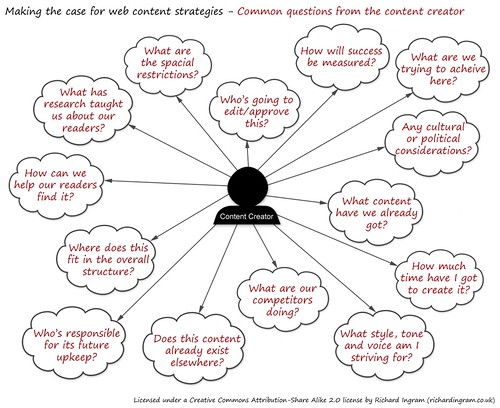
The words you write on the web don’t carry much weight. Corporate web copy is littered with platitudes, boasts, claims and statements of ‘facts’ – all with questionable levels of truthiness. Because any company can claim to be:
- experts
- experienced
- creative
- enterprising
- this list could go on forever
the words are weak.
Great web copy gets beyond empty words and offers something tangible.
Don’t claim to be an expert in your field. Demonstrate your experience with copy that reveals your knowledge. Get down to details – talk of things that only the initiated know about. You don’t have to bore people with your technical prowess, just give them a hint of the expert knickers under your corporate skirt.
Your web copy is not the only way to reassure visitors that you really are experienced/creative/enterprising/expert. Make liberal use of testimonials, case studies and portfolio pieces to give proof. The imagery and design of your website is crucial in this respect.
Ask yourself how you can stand out from every other business that claims to be the best – how can you show that you’re the best?








